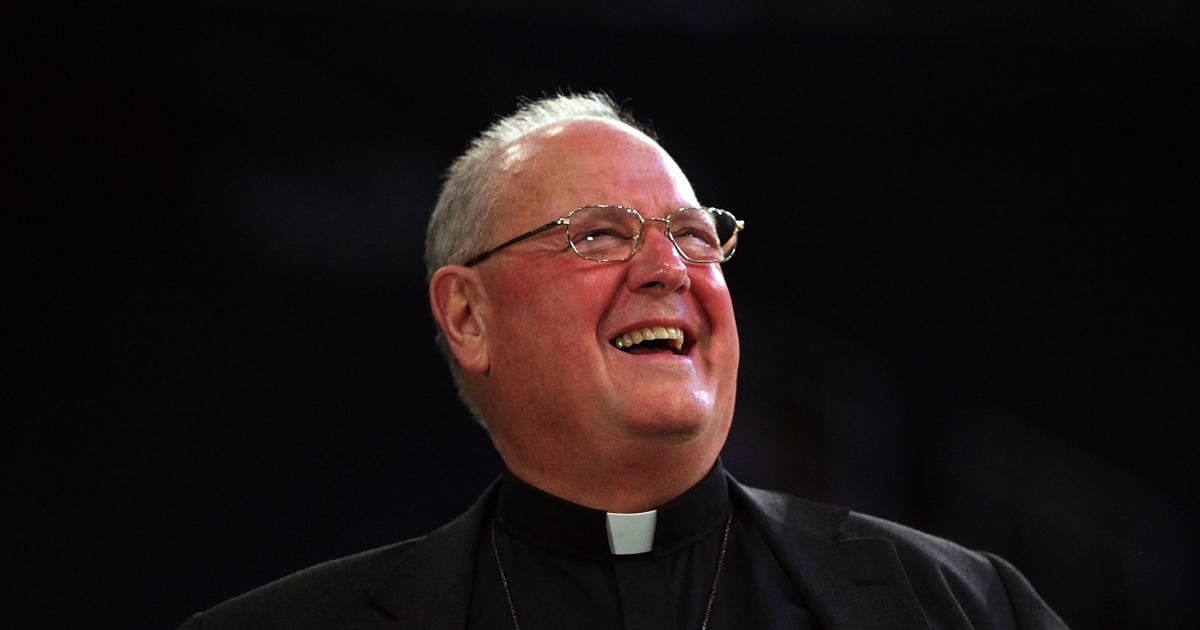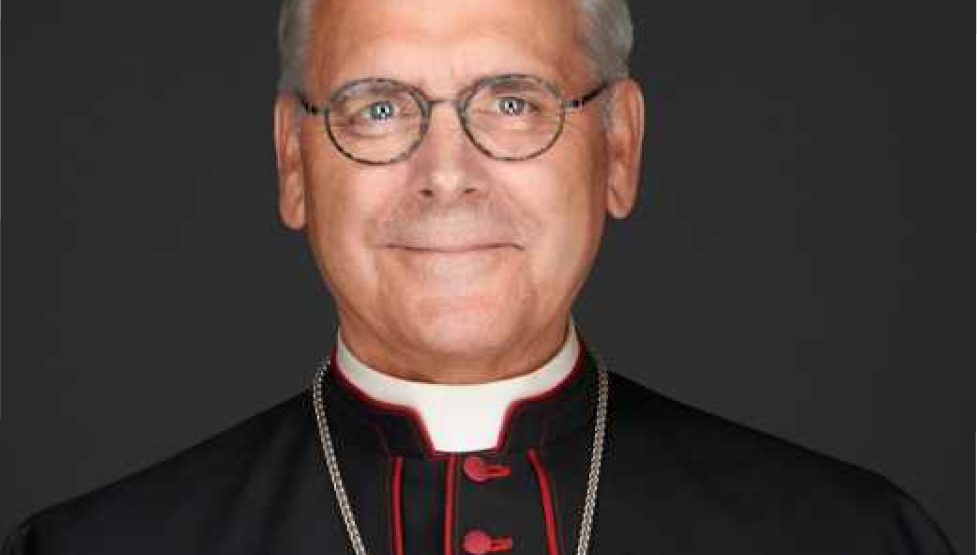The Archdiocese of New Orleans has secured near-unanimous support from victims of clergy sexual abuse, with 99.63 per cent of creditors approving a proposed US$230 million settlement.
On 30 November, the archdiocese reported that “hundreds of survivors voted overwhelmingly to accept the plan,” signalling a rare moment of unity in one of the largest Catholic Church bankruptcy proceedings in the United States.
Under the agreement, compensation will be distributed through a points system reflecting the severity and long-term impact of abuse. Key provisions include the release of files on abusive priests and deacons, and new safeguards for children and vulnerable adults. While the total number of votes cast was not disclosed, the approval rate suggests minimal dissent. The plan required only a two-thirds majority to pass.
Initial objections from lawyers representing a large bloc of survivors centred on the plan’s lack of a guarantee for roughly US$50 million tied to the sale of apartment complexes owned by the archdiocese. After the Church amended the deal to secure that sum, opposition collapsed and the settlement advanced. A separate group of bondholders suing the archdiocese over alleged securities fraud voted against the plan and remain outside the agreement.
Attorneys for the survivors who had originally planned to vote “no” acknowledged the revised deal as a substantial improvement. “We knew this was a bad deal, and we knew we could do better; and we have,” they said. “The ‘power of no’ forced the archdiocese to come up with significantly more money.”
Archbishop Gregory M. Aymond welcomed the outcome, stating: “We are grateful to the survivors who have voted in favour of moving forward with this plan and continue to pray that both the monetary settlement and the nonmonetary provisions provide each of them some path towards their healing and reconciliation.”
The roots of the Catholic Church’s child sex abuse crisis in America reach back to the mid-20th century, when bishops quietly sent accused priests to treatment centres run by the Servants of the Paraclete rather than reporting them to authorities. Allegations rose sharply during the 1960s, as later documented by the John Jay College report, amid wider social upheaval and a permissive cultural climate.
High-profile cases like Louisiana priest Gilbert Gauthe’s 1985 guilty plea to abusing 11 boys revealed how dioceses paid hush money and transferred offenders such as Rev. James Porter, who admitted to abusing more than 100 children over three decades. The scandal exploded nationally in 2002 after The Boston Globe’s Pulitzer-winning “Spotlight” investigation exposed how Cardinal Bernard Law and the Boston Archdiocese covered up abuse by over 70 priests, including serial offender John Geoghan.
The Archdiocese of New Orleans’ US$230 million agreement marks the latest chapter in a crisis that began quietly in the 1960s and continues to reshape the American Church.
















